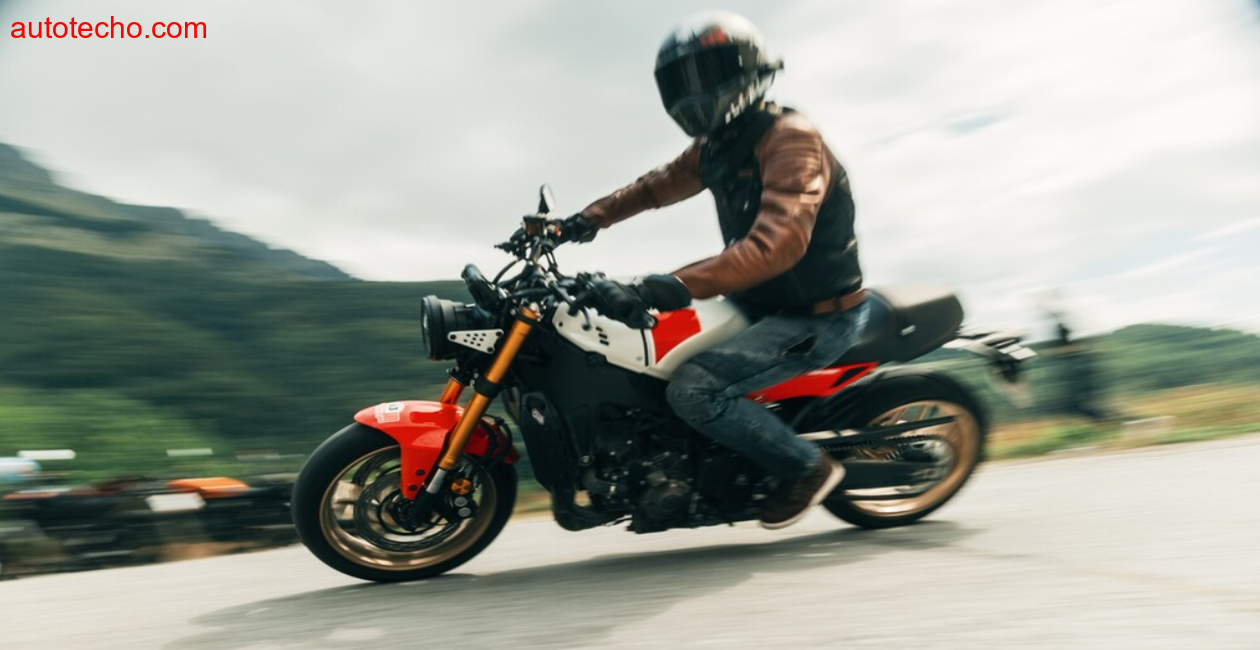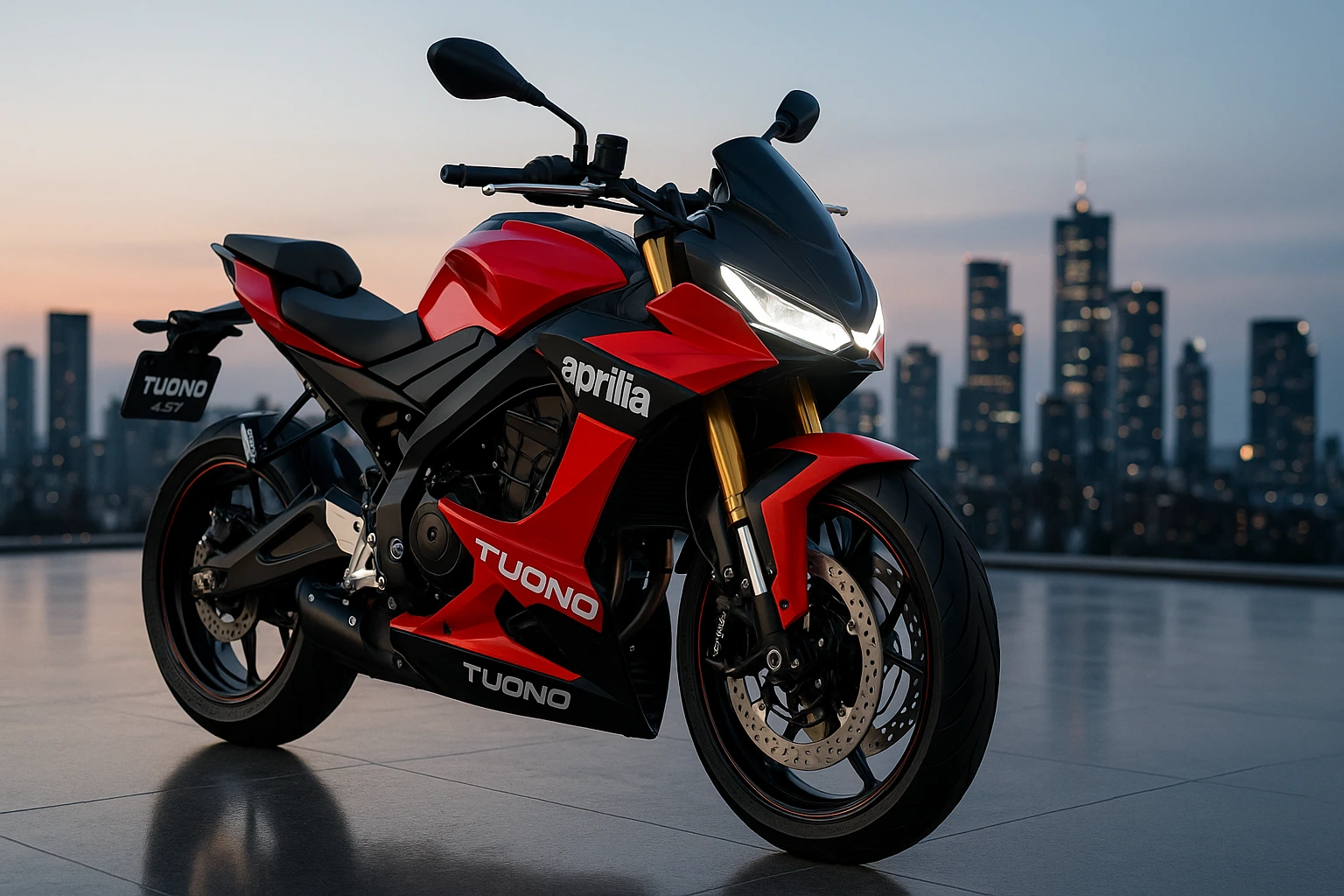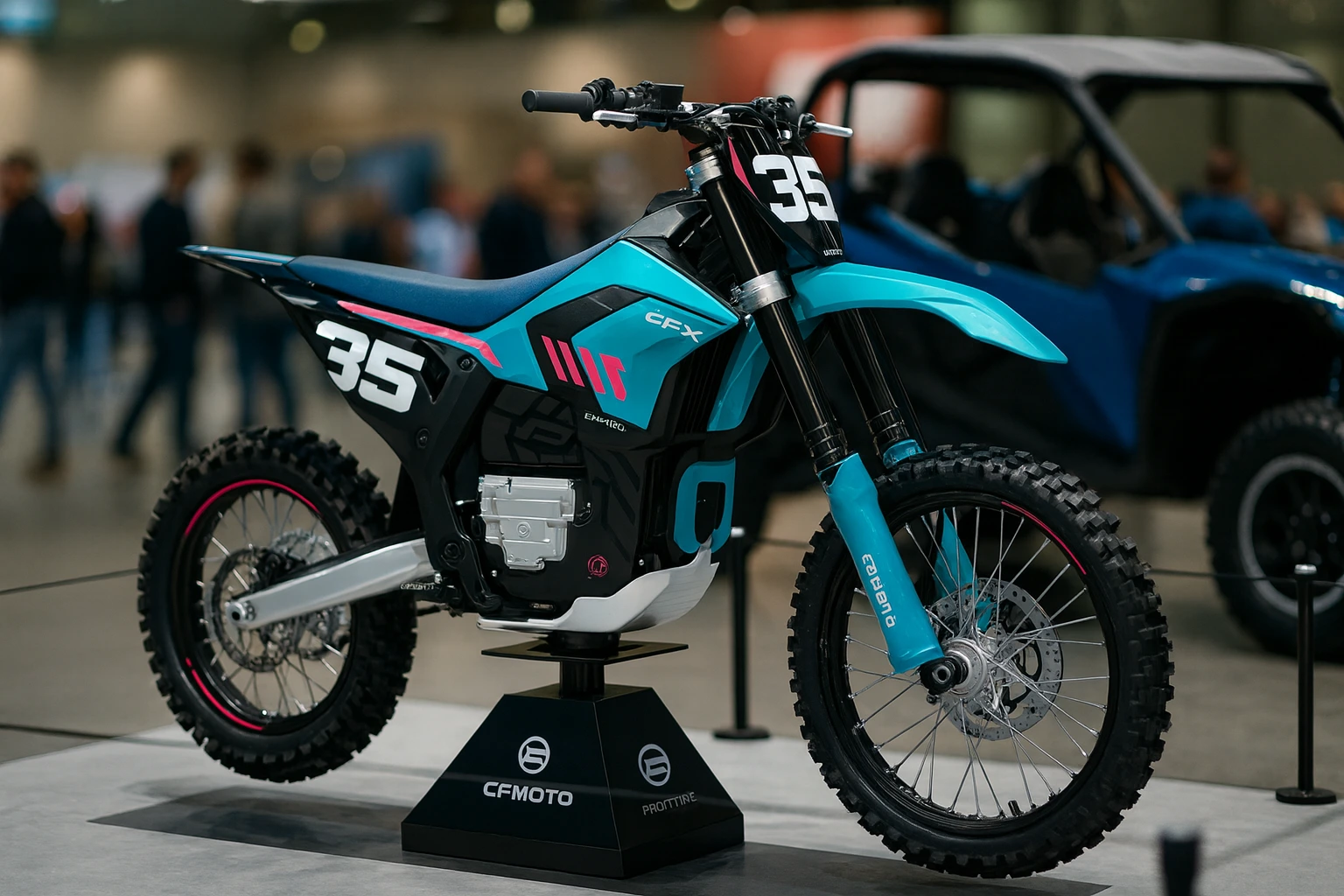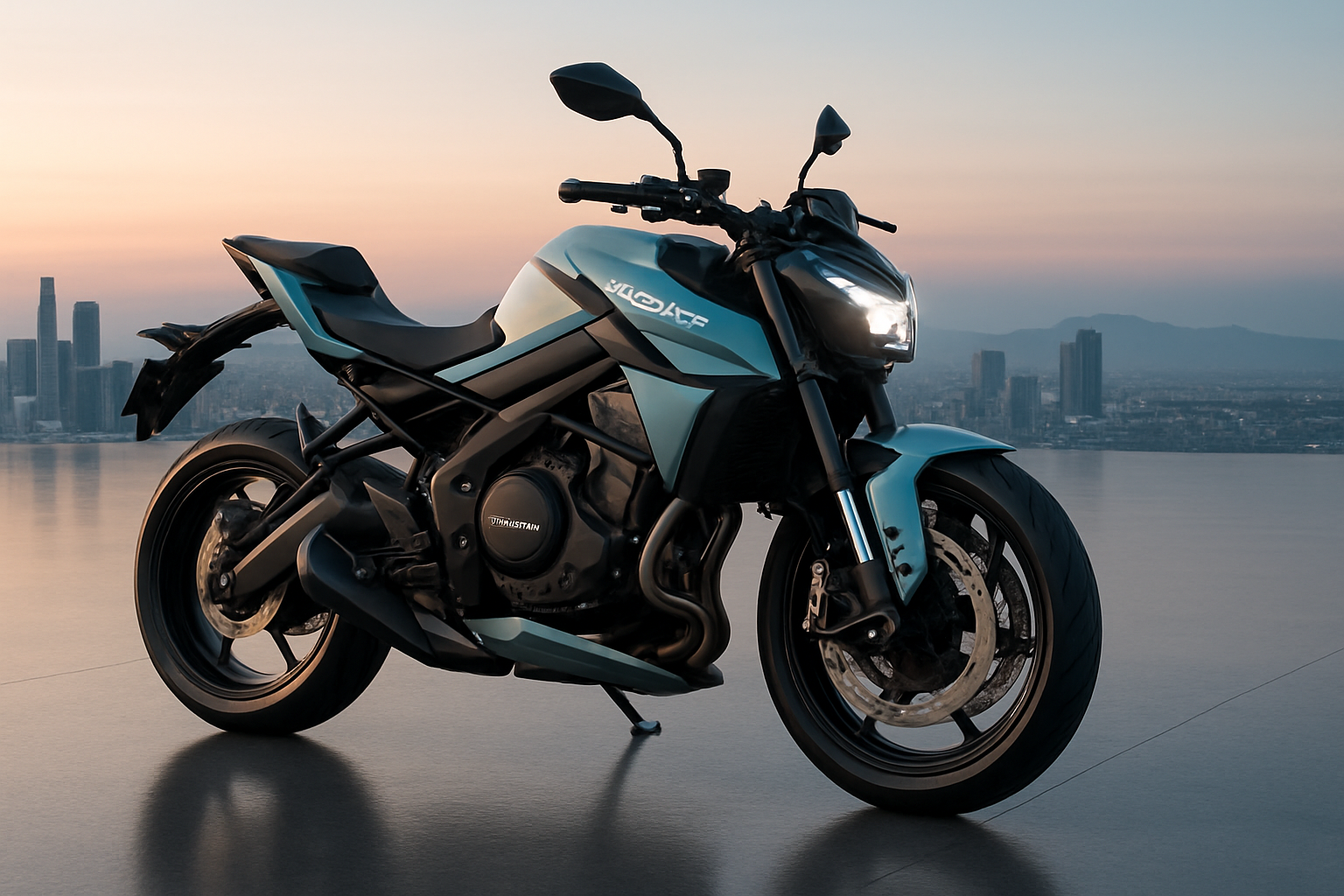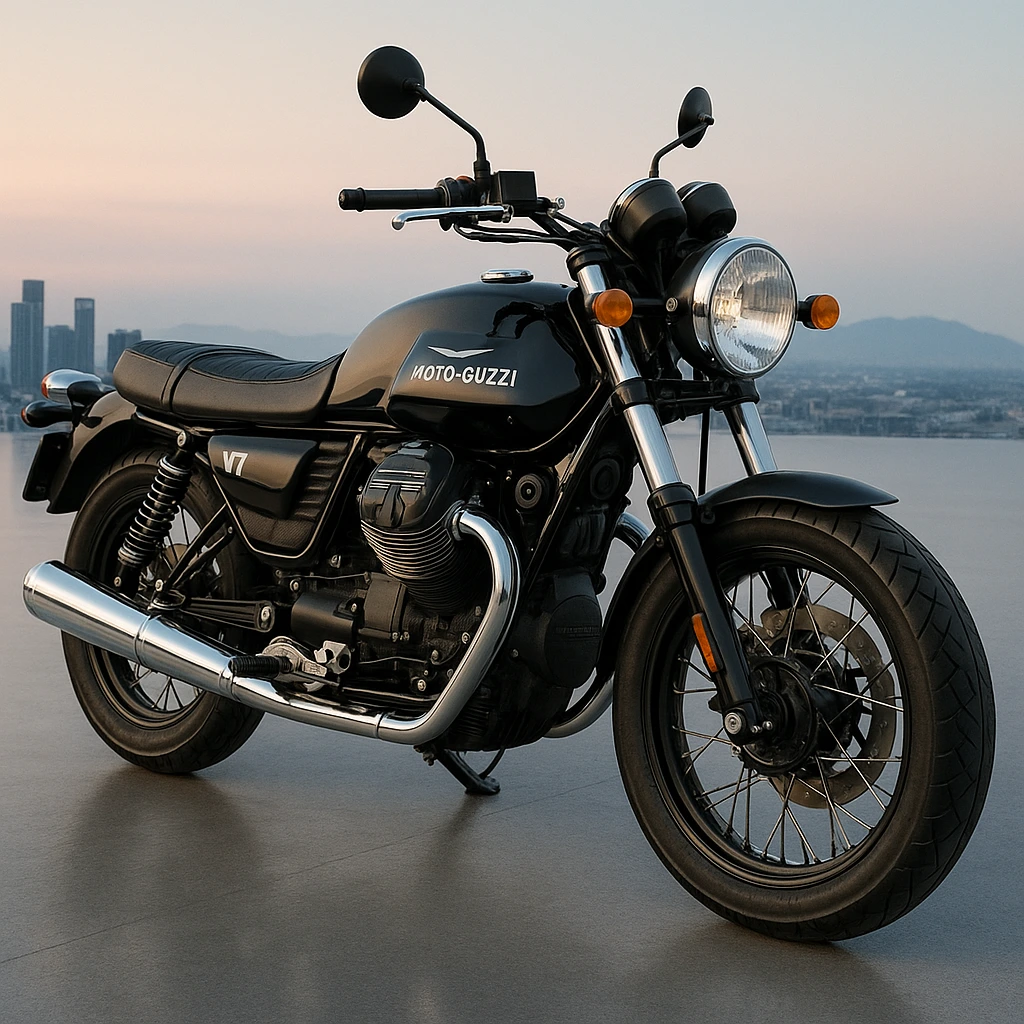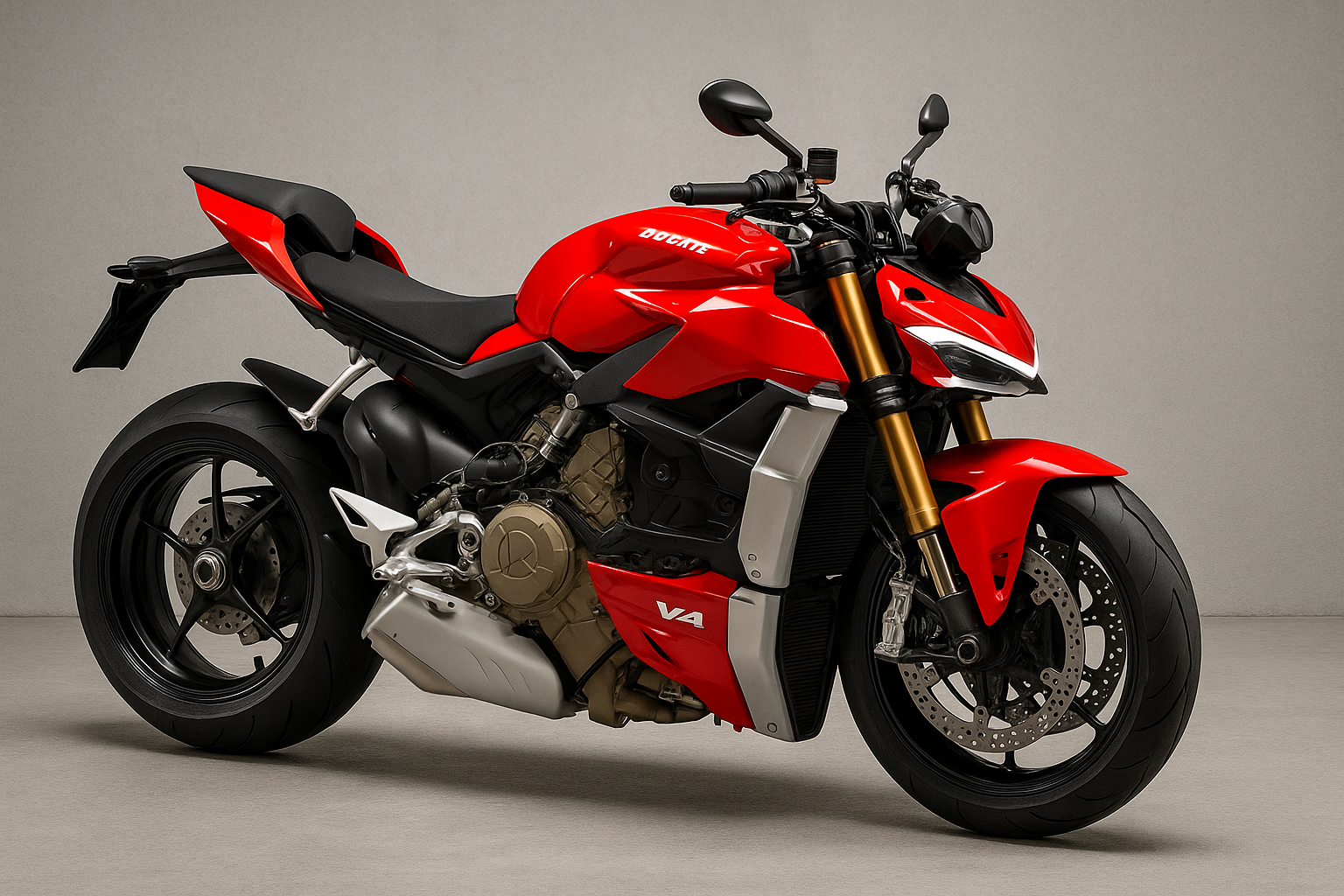I signed out a Yamaha XSR900 for nine days and used it exactly how I’d use my own bike: commuting, coffee runs that got “lost,” and a full Saturday of back roads stitched together like a mixtape. This isn’t a press kit recap; it’s what stuck once the helmet came off.
First Ride: Retro Tank, Modern Intent
Cold morning, dry roads. Thumb the starter and the triple wakes with that low, even purr Yamaha does so well. The Yamaha XSR900 looks like a time traveler—classic tank line, tidy tail—but the first 200 meters tell a different story. The bars fall naturally to hand, the tank is narrow at the knees, and the bike feels light in the hips when you thread through cars. I left fifteen minutes early to “test the route” and arrived thirty minutes late, grinning. Sorry, colleagues.
Engine: The Kind of Midrange That Makes You Behave Badly (Nicely)
There’s a reason people gush about this triple. It’s friendly at low revs, then swells into a fat, elastic midrange that makes short-shifting feel smart rather than lazy. Crack it open and the Yamaha XSR900 lunges forward without the drama of a screamer four or the thump of a big twin—just clean drive that rides the curve instead of chasing a number.
Around town, it’s butter: no hunting, no hiccups. Out of town, roll-ons from middling revs are the party trick. The soundtrack stays civilized below the radar and gets properly growly when you ask. I ended up taking the long on-ramp every single time—purely for research.
Handling: Draws Lines Like a Good Pen
The chassis reads the road out loud. Turn-in is light but not twitchy, and once you’re on the side of the tire the bike sits where you put it. Mid-corner bumps? A shrug. Quick change of line to dodge a stray cone? Also a shrug. It’s the planted kind of agile.
Suspension out of the crate felt a touch firm on hammered city streets and just right on clean B-roads. Two clicks of rebound out back for my weight (plus a small tail bag) smoothed the edges without dulling feedback. The XSR rewards a relaxed grip and a quiet upper body—do less, go faster, look better doing it.
Brakes & Electronics: There When You Need Them, Invisible When You Don’t
Front lever feel is linear—easy to modulate, confidence high from the first squeeze. No fade on my rides, including a set of “one more time” laps around a favorite hill.
Electronics stay off the stage. Ride modes actually feel distinct, traction control steps in gracefully on shiny paint, and cornering ABS did the right thing across a wet bridge grate without writing a sermon on the dash. Cruise control on a naked-leaning bike is a small luxury I used more than I expected on the motorway slog home.
TFT is legible in rain and sun, pairing was painless, and I never got lost in a submenu trying to do something basic. A rare sentence in motorcycle land.
Everyday Life: Practical Enough to Disappear Into Your Week
I ran soft throw-overs for a grocery trip (bread, coffee, too many lemons). The built-in attachment points keep bags tidy, and the bike didn’t wobble even when loaded more than my good sense. Steering lock is better than the photos imply; slotting into a weird curb spot took less choreography than I’d feared.
Wind protection? It’s a naked with a hint of flyscreen. At sensible motorway speeds, no problem. At “we shouldn’t print this” speeds, you are the screen. A small accessory screen would be my winter buy.
Seat report: “firm for 30 minutes, disappears after an hour.” I did a long Saturday with short coffee stops and never thought about it again. Pegs and bar triangle kept my knees and wrists happy; nothing folded, nothing tingled.
Looks & Touches: Heritage Without Costume
The Yamaha XSR900 doesn’t do cosplay. It’s clean metal where it matters, neat paint, minimal plastic. The tank shape earns compliments at fuel stops from people who don’t know bikes, and the tail is tidy without looking starved. Switchgear has that crisp Yamaha click. The whole thing feels like someone edited, then edited again.
Annoyances (Small, Honest Ones)
- Mirrors blur a bit at high sustained speeds—fine for cops, less fine for hair checks.
- On truly broken city streets, you’ll feel square-edged hits until you tweak settings.
- The fueling is crisp; ham-fisted first-gear throttle in a tight U-turn will remind you to be smooth.
None of these are deal-breakers; they’re notes you adapt to in a day.
The Two Moments That Sold Me
1) The late apex experiment. Empty roundabout, third gear, look through, breathe on the bar—the Yamaha XSR900 drew the line I pictured, not the one I corrected. That’s trust.
2) The boring commute that wasn’t. Foggy morning, damp lane markings, cruise set on the ring road. The bike stayed calm, unflustered, and somehow still felt like riding instead of transport. Shoulders dropped. Day improved.
Who Should Put This on Their Shortlist
- Riders who want a naked that actually tours a little and still carves on Sunday.
- People who value midrange over spec-sheet top-end.
- Anyone drawn to “heritage” style but allergic to costume drama.
- Commuters who occasionally turn the long way home into the only way home.
If your life is two-up touring or 70% motorway, you’ll want more screen and luggage from the start. If you’re chasing lap times, Yamaha will happily sell you something sharper. For everyone else, the Yamaha XSR900 hits the “use it daily, love it on weekends” bullseye.
Would I Buy One?
Yes. I’d set sag properly, add a small screen for winter, pick tires that match my weather, and stop fiddling. The Yamaha XSR900 doesn’t shout; it nudges—“you could take that cleaner, you know”—and then helps you do it. That’s the kind of bike that makes Tuesday feel like a great idea.
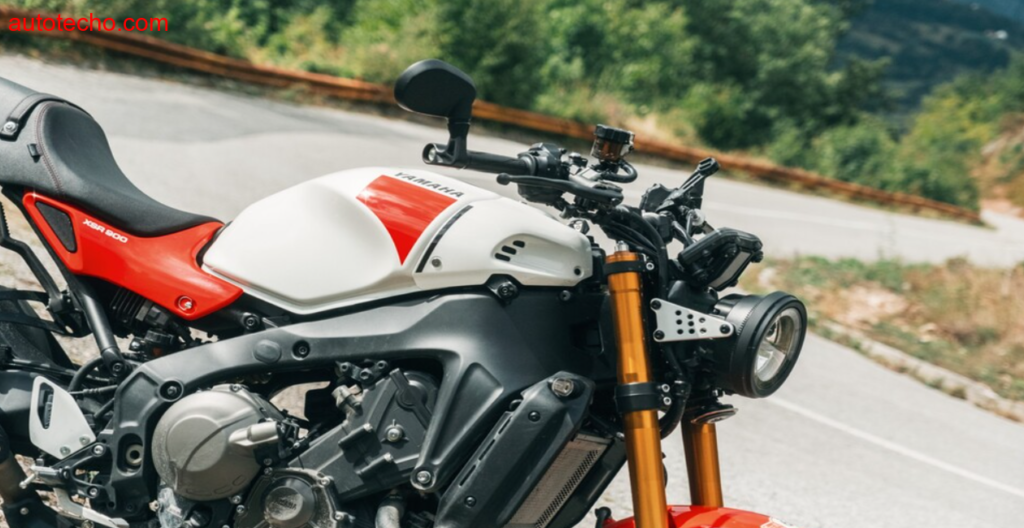
Technical knowledge Yamaha XSR900 2024
| engine and drive | |
|---|---|
| engine kind | Row |
| variety of cylinders | 3 |
| timing | 4-stroke |
| valves per cylinder | 4 |
| valve management | DOHC |
| cooling | fluid |
| displacement | 890 cc |
| drilling | 78 mm |
| Hub | 62.1 mm |
| Efficiency | 119 hp |
| rpm at energy | 10,000 rpm |
| torque | 93 Nm |
| rpm at torque | 7000 rpm |
| compression | 11.5 |
| combination preparation | injection |
| starter | electrical |
| coupling | a number of discs in an oil tub |
| ignition | transistor |
| drive | Chain |
| transmission | gearshift |
| variety of gears | 6 |
| chassis | |
| Body | aluminum |
| body development | bridges |
| steering head angle | 65 levels |
| caster | 108 mm |
| entrance suspension | |
| suspension | Upside-Down telescopic fork |
| model | Kayaba |
| suspension journey | 130 mm |
| setting possibility | compression, spring preload, rebound |
| rear suspension | |
| suspension | double-sided swing arm |
| shock absorber | monoshock |
| model | Kayaba |
| suspension journey | 137 mm |
| entrance brakes | |
| design | double pane |
| diameter | 298 mm |
| rear brakes | |
| design | disc |
| diameter | 245 mm |
| driver help techniques | |
| help techniques | ABS, driving modes, cornering ABS, journey by wire, gearshift assistant with blipper, cruise management, traction management |
| knowledge and dimensions | |
| entrance tire width | 120 mm |
| entrance tire top | 70% |
| entrance tire diameter | 17 inches |
| rear tire width | 180 mm |
| rear tire top | 55% |
| rear tire diameter | 17 inches |
| size | 2155 mm |
| Width | 860 mm |
| Peak | 1155 mm |
| wheelbase | 1495 mm |
| seat top of | 810 mm |
| Weight able to drive (with ABS) | 193 kg |
| tank capability | 15 l |
| driving license lessons | A |
| attain | 300 km |
| CO² emissions mixed | 116 g/km |
| mixed gasoline consumption | 5 l/100km |
